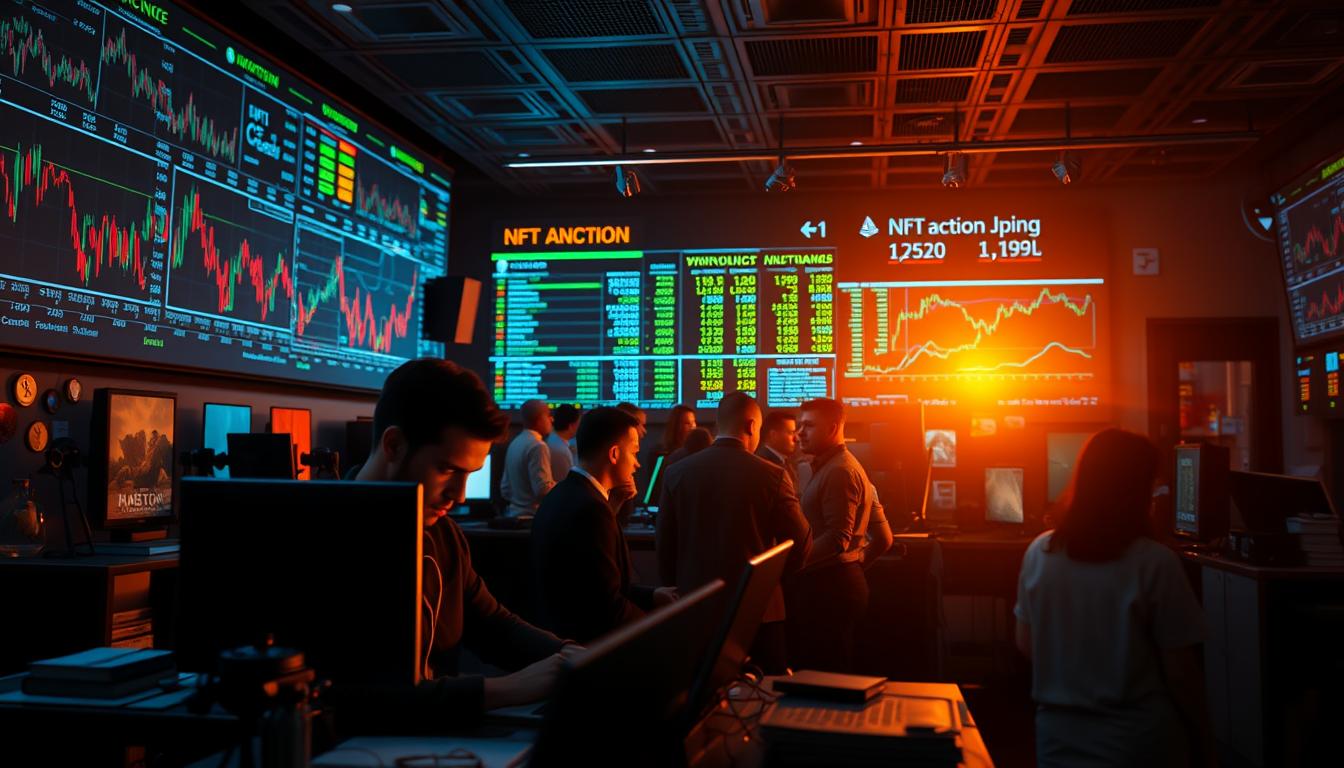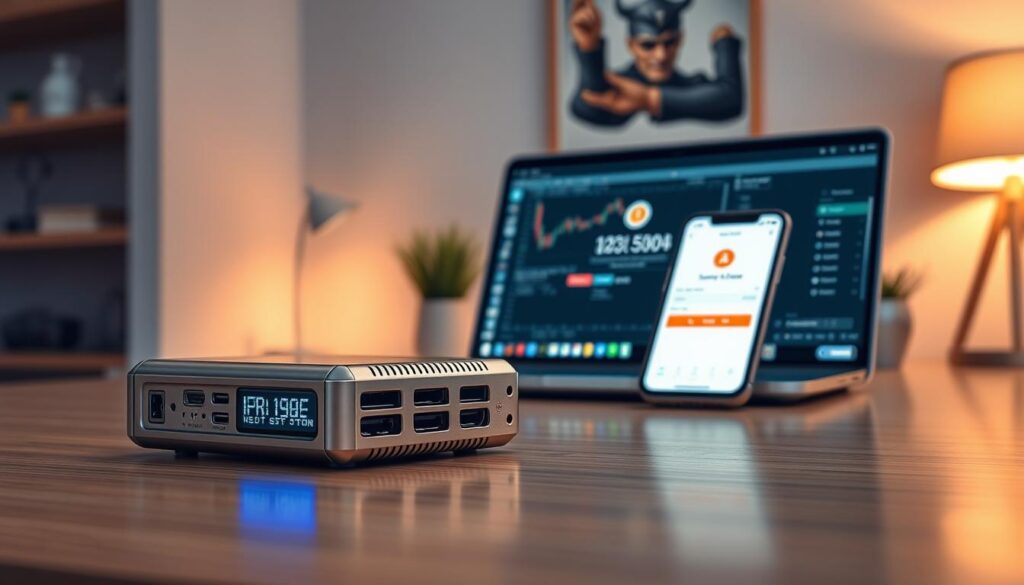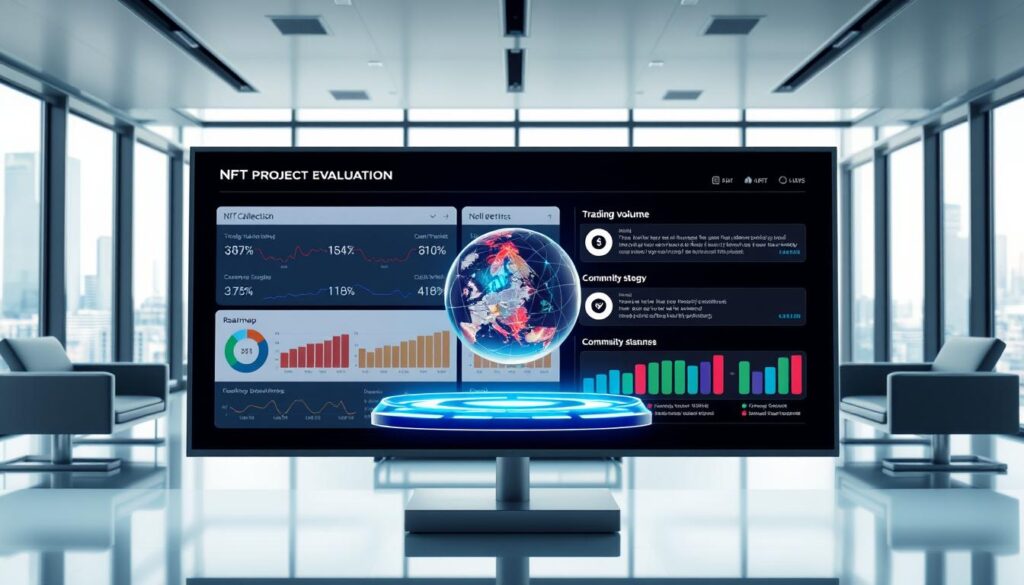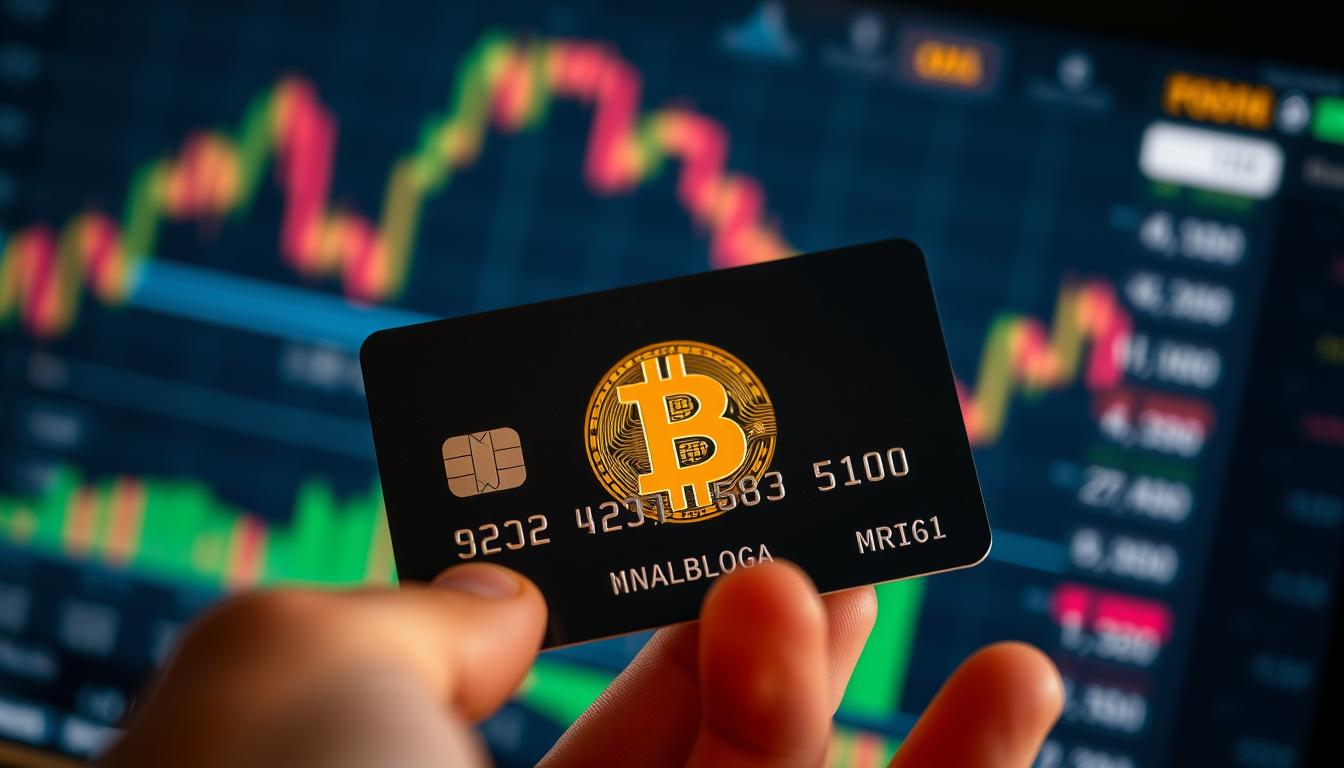Now Reading: Learn How to flip NFTs for profit trading strategies and market timing tips
- 01
Learn How to flip NFTs for profit trading strategies and market timing tips
Learn How to flip NFTs for profit trading strategies and market timing tips

The Web 3.0 era has reshaped how we interact with digital assets, creating new avenues for savvy investors. While speculative mania dominated early NFT markets, today’s landscape rewards those who analyze trends and prioritize utility over hype. Projects offering real-world benefits now drive value, replacing the pixel-art frenzy of previous years.
Current platforms like OpenSea and Rarible continue to facilitate transactions, but success requires more than luck. Strategic acquisition and resale – often called “flipping” – demands understanding market cycles and cultural shifts. For example, our comprehensive resource details methods for identifying undervalued collections before they gain traction.
Three key changes define modern NFT dynamics:
- Utility-driven projects outperform purely artistic collections
- Community building impacts long-term value retention
- Platform innovations enable sophisticated trading approaches
Newcomers should start by purchasing digital collectibles through trusted marketplaces while studying price patterns. Though profits aren’t guaranteed, disciplined traders can still capitalize on market inefficiencies. This guide reveals actionable methods for navigating today’s transformed ecosystem.
Key Takeaways
- Modern NFT value stems from practical applications, not just rarity
- Market analysis tools help identify emerging trends
- Risk management separates successful traders from speculators
- Platform fees significantly impact overall profitability
- Community engagement often predicts project longevity
Understanding the NFT Flipping Landscape
Unique blockchain-based items now offer more than just ownership proof. These digital assets represent distinct value through verified scarcity and programmable utility, unlike interchangeable cryptocurrencies. Each token acts as a certificate of authenticity for anything from virtual concert tickets to metaverse property deeds.
NFT Basics and Market Overview
Non-fungible tokens use smart contracts to prove ownership of specific digital assets. While Bitcoin functions like digital cash, NFTs resemble signed baseball cards – no two hold identical worth. Major categories include:
- Gaming skins with resale capabilities
- Membership passes to exclusive communities
- Royalty-generating music files
The NFT market reached $10 billion in 2023, with utility-focused projects driving sustainable growth. Platforms now prioritize features like token-gated experiences over simple image trading.
Evolving Trends in Digital Asset Trading
Recent shifts show collectors prioritizing real-world benefits over speculative value. Successful projects combine artistic appeal with practical functions – think event access or software licenses. Community-driven initiatives outperform solo ventures by 3:1 in retention metrics.
Blockchain improvements enable complex ownership structures, letting multiple investors share rare digital assets. This evolution creates opportunities beyond basic flipping, with 62% of active traders now holding positions longer than six months.
Setting Up for Success in NFT Flipping
Proper technical infrastructure separates casual collectors from serious traders. Your toolkit requires two critical components: a reliable storage solution for digital assets and a strategic marketplace selection.

Choosing a Secure Cryptocurrency Wallet
MetaMask dominates Ethereum-based transactions with browser extension and mobile app support. Coinbase Wallet simplifies entry for beginners through direct exchange integration. Both options demand:
- Physical storage of 12-24 word seed phrases
- Two-factor authentication activation
- Regular software updates
Cold wallets like Ledger provide enhanced protection for high-value holdings. Always test small transfers before moving significant amounts.
Selecting the Ideal NFT Marketplace
OpenSea’s $5 billion monthly volume offers liquidity but charges 2.5% per transaction. Rarible supports multiple blockchains, appealing to collectors diversifying across networks. Key considerations include:
- Platform fees impacting profit margins
- Blockchain compatibility with your wallet
- Community engagement features
Emerging platforms often feature lower competition but higher risk. Regardless of choice, implement secure storage solutions to protect your investments during transfers.
Conducting In-Depth NFT Market Research
Market intelligence separates successful collectors from speculators in the digital asset space. Real-time awareness of cultural shifts and platform updates often determines profit margins. Savvy traders treat information gathering as a daily ritual rather than occasional homework.

Monitoring Trading Volumes and Market Trends
Daily volume fluctuations reveal hidden opportunities across blockchain networks. Collections with sudden 300%+ trading spikes often signal upcoming announcements or partnerships. Track Ethereum-based projects through Dune Analytics dashboards while monitoring Solana trends via StepData.
Social platforms serve as early warning systems for value shifts. Discord channels with active developer participation typically correlate with 47% faster price appreciation. Google Trends data shows searches for “NFT utility” grew 180% year-over-year, outpacing artistic collections.
Utilizing Analytics and Research Tools
Specialized platforms transform raw blockchain data into actionable insights. NFTSniff tracks wallet activity of top traders, while PolyRare measures Polygon network demand spikes. MoonRank’s rarity scores help identify undervalued Solana assets before major listings.
Historical sales charts expose patterns most collectors miss. Projects with consistent 30-day volume growth and shrinking supply often outperform during market recoveries. Combine these metrics with community sentiment analysis to spot entries when pessimism peaks but fundamentals strengthen.
Effective Strategies: How to flip NFTs for profit trading strategies and market timing tips
Navigating blockchain collectible markets demands sharp awareness of liquidity patterns. Prices surge when communities buzz about new partnerships or celebrity involvement. Seasoned traders track these signals to catch rising tides before peak demand.

Identifying Optimal Market Conditions
Sudden spikes in daily transactions often precede major price jumps. Platforms like Dune Analytics reveal collections gaining traction across Ethereum and Solana networks. Watch for these patterns:
| Indicator | Buy Signal | Sell Signal |
|---|---|---|
| Trading Volume | 30%+ weekly increase | Sharp drop with stable prices |
| Social Mentions | Influencer tweets about utility | Celebrity exit announcements |
| Wallet Activity | Whales accumulating rare items | Large holders distributing assets |
Projects with active Discord communities and developer updates tend to maintain momentum. Combine these signals with platform-specific data for clearer insights.
Timing Your Buy and Sell Actions
Purchase during market lulls when search interest declines but fundamentals stay strong. Tools like MoonRank help spot undervalued assets before hype cycles begin. Set predefined profit targets based on historical resistance levels.
Exit positions when social sentiment peaks and new buyers flood discussions. Track royalty distributions to identify creators preparing new launches, which often divert attention from existing collections.
Choosing and Evaluating Promising NFT Projects
Smart collectors approach digital collectibles like rare artifacts. Two factors separate fleeting trends from lasting value: scarcity fundamentals and creator legitimacy. This process requires equal parts data analysis and intuition.

Assessing Rarity and Floor Price Dynamics
Projects with limited editions often maintain price stability. A collection’s floor price – its cheapest available item – reveals immediate demand. Look for these markers:
- Total supply under 5,000 tokens
- Floor below 0.1 ETH for Ethereum-based art
- Consistent sales despite market dips
Platforms like Rarity Tools help compare traits across similar NFTs. Collections combining unique attributes with low entry points often surge when new buyers enter.
Verifying Project Credibility and Team Experience
Anonymous creators red-flag 78% of failed projects. Prioritize teams with:
- Public LinkedIn profiles
- Previous blockchain successes
- Clear roadmap milestones
High-quality art gains cultural traction, while utility features like concert access boost retention. Always check community channels for developer responsiveness before committing funds.
Executing the Purchase: Finding Undervalued NFTs
Mastering marketplace mechanics separates casual browsers from strategic collectors. Systematic filtering unlocks hidden value in crowded digital spaces where most miss opportunities.
Navigating Marketplace Filters and Sorting Tools
Begin by activating price filters from low to high within target collections. This surfaces listed items priced below floor averages – but always verify availability using “Buy Now” options. Scan entire project pages, not just top results, to spot mismatched valuations.
Spot listings where one NFT costs 0.5 ETH while others start at 0.9 ETH. These gaps often indicate rushed sellers or overlooked traits. Advanced traders cross-reference property filters to identify rare characteristics – attributes shared by fewer than 100 tokens typically drive premium values.
Combine these techniques with real-time marketplace data for sharper decisions. Regular practice builds instinct for recognizing profitable mismatches before others notice.













